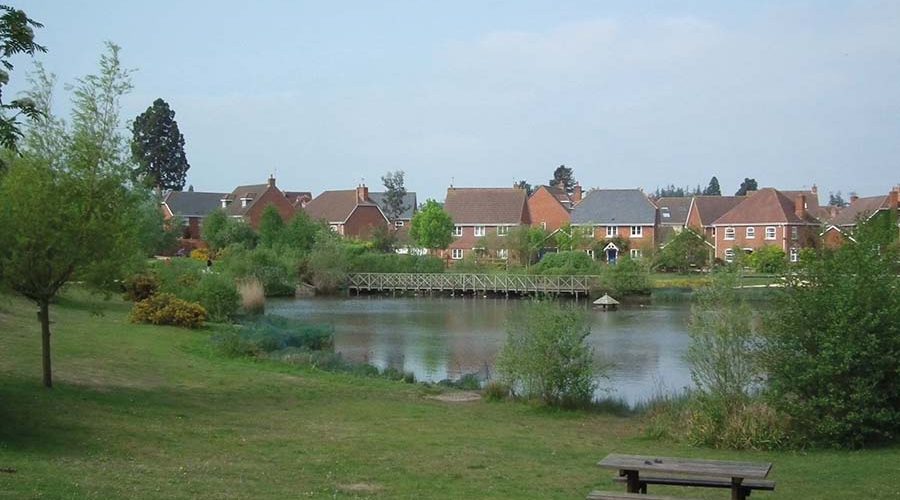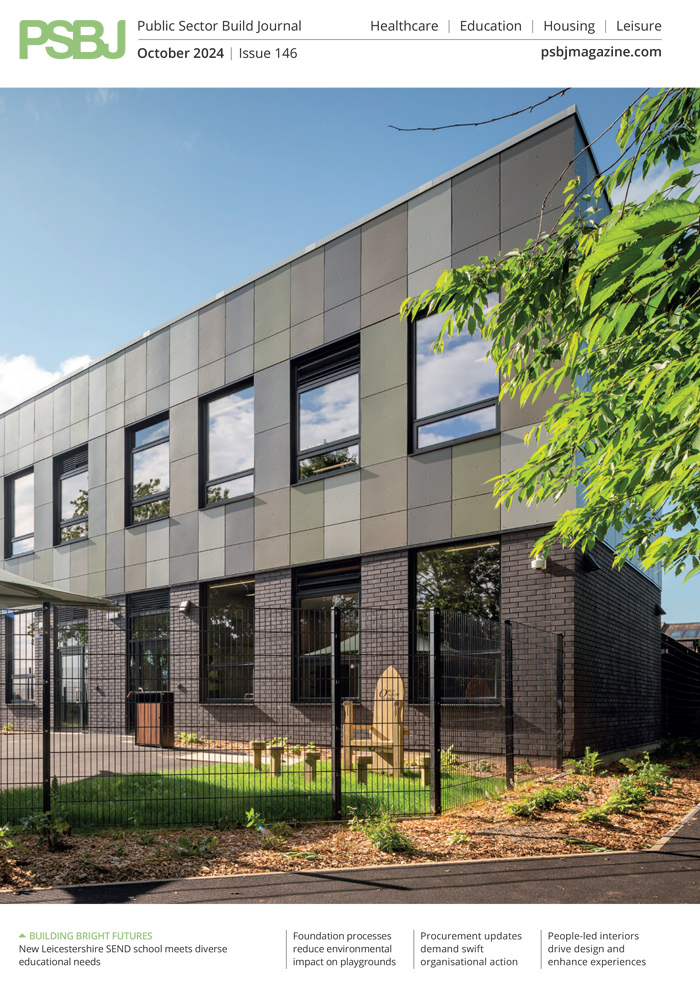Changing weather patterns and urban growth have contributed to an environment in which flooding is an increasingly frequent and damaging occurrence. Here, Ben Puddy, Regional Technical Manager at Hydro International, discusses the importance of mitigating risk in urban environments.
Hydro International
Across the UK today, there are estimated to be over 5.5 million properties at risk from flooding. As the climate changes, bringing more frequent and severe weather, we can expect this number to increase.
The social and economic costs of flooding are high, and the Association of British Insurers believes that annual losses could reach £1.4bn by 2040, much of this attributed to urban flooding.
This is mixed with the pressure for new development, especially residential, and it has been estimated that one in 10 of new homes in England have been built on higher-risk flood plains since 2013, such is the shortage of available sites that might be in safer areas. These figures show that it has never been more urgent to mitigate flood risk, particularly in challenging urban environments.
Guidelines and regulations
In 2020, the Government commissioned an independent review into responsibilities around surface water flooding by David Jenkins, and announced in August 2020 that it would immediately accept 12 recommendations from this report (report of a review of the arrangements for determining responsibility for surface water and drainage assets).
The key message to come out of the review is that there needs to be multi-stakeholder involvement and collaboration to truly tackle surface water flooding in urban areas.
Unfortunately, strategies and guidelines seem to be quite fragmented across the UK. The Flood and Water Management Act 2010 (FWMA) sets out strategies, risks and responsibilities to mitigate flooding, but Schedule 3, which deals with sustainable drainage systems (SuDS) has only been implemented in Wales.
However, local authorities have produced their own sustainable drainage guidelines for developers to comply with, and The SuDS Manual (C753), published by CIRIA is a comprehensive design guide for SuDS. The National Planning Policy also covers SuDS systems as part of the planning process.
A toolbox of solutions
SuDS are systems designed to manage surface water in the urban environment, mimicking nature and managing rainfall close to where it falls and releasing it slowly back into the environment. The principle of SuDS design is to control the quantity and quality of run-off to prevent flooding and protect the environment, and also to improve biodiversity and provide amenity places for people.
There is a large toolbox of techniques that can be used to provide exemplary SuDS systems and they don’t always need to be ‘green’ or ‘natural’ SuDS, such as ponds, swales or filter strips. In fact, often a mixture of natural SuDS with proprietary systems can enable SuDS to be used in space-constrained urban areas, which can enhance the performance of a pond or preserve valued community amenity areas.
Controlling and attenuating flows
Sustainable engineering interventions seek to return surface water flows as closely as possible to pre-development or greenfield rates and to replicate natural drainage paths and processes. Typically, this is achieved by using a flow control to limit the peak rate of discharge and storing the excess flows until they can safely be infiltrated or released into a watercourse.
Forward-thinking engineers are combining natural and proprietary water management products to deliver the best possible protection.
Understanding and applying the science behind flow control is key to finding the most cost-effective ways to prevent, control or contain flooding.
Choosing the right flow control technology for the outflow depends on a number of factors. A critical consideration for effective flow control design is ensuring the smallest possible amount of storage to mitigate against lost value of development land and cost of construction. Another is ensuring reliability of the flow control by minimising the risk of blockage, and through use of systems that can be depended upon to operate when most needed.
Storage and infiltration can be provided using surface water features such as ponds and swales. Where space for surface storage is an issue underground, geocellular storage/infiltration systems can be used wholly, or with other surface features to increase capacity. Some geocellular systems are strong enough to be installed beneath trafficked areas, making them ideal for use in urban areas.
There is also the recognition that inspection and maintenance need to be addressed, and not just on new projects. The UK has a historic legacy of urban drainage assets, and failure of these is a major cause of surface water flooding as they simply cannot cope with the increasing demands put upon them. Simple improvements, such as remote monitoring of urban culverts and trash screens, can not only help with regular maintenance, but also enable better allocation of emergency response teams during a severe event.
Monitoring and flood warnings
The National Floodline provides invaluable warnings for regional flood risks and all property owners should sign up to receive warnings.
However, in smaller local areas with rapid response catchments, community flood warning systems can provide vital alerts to local flood wardens, Environment Agency and local authority staff.
Monitoring systems are not just useful in extreme flooding events, but can provide valuable insights into flow rates, water levels and weather data, all working together to provide real-time situational insight and offering longer-term water level data capture required for analysis, modelling and forecasting.
Data loggers are the front end of a smart monitoring system, collecting the data, temporarily storing it and either transmitting it or making it available for download. They may be operated manually or automatically, though their real value comes when installed in a remote site and configured to transmit data autonomously to a telemetry or data management system.









